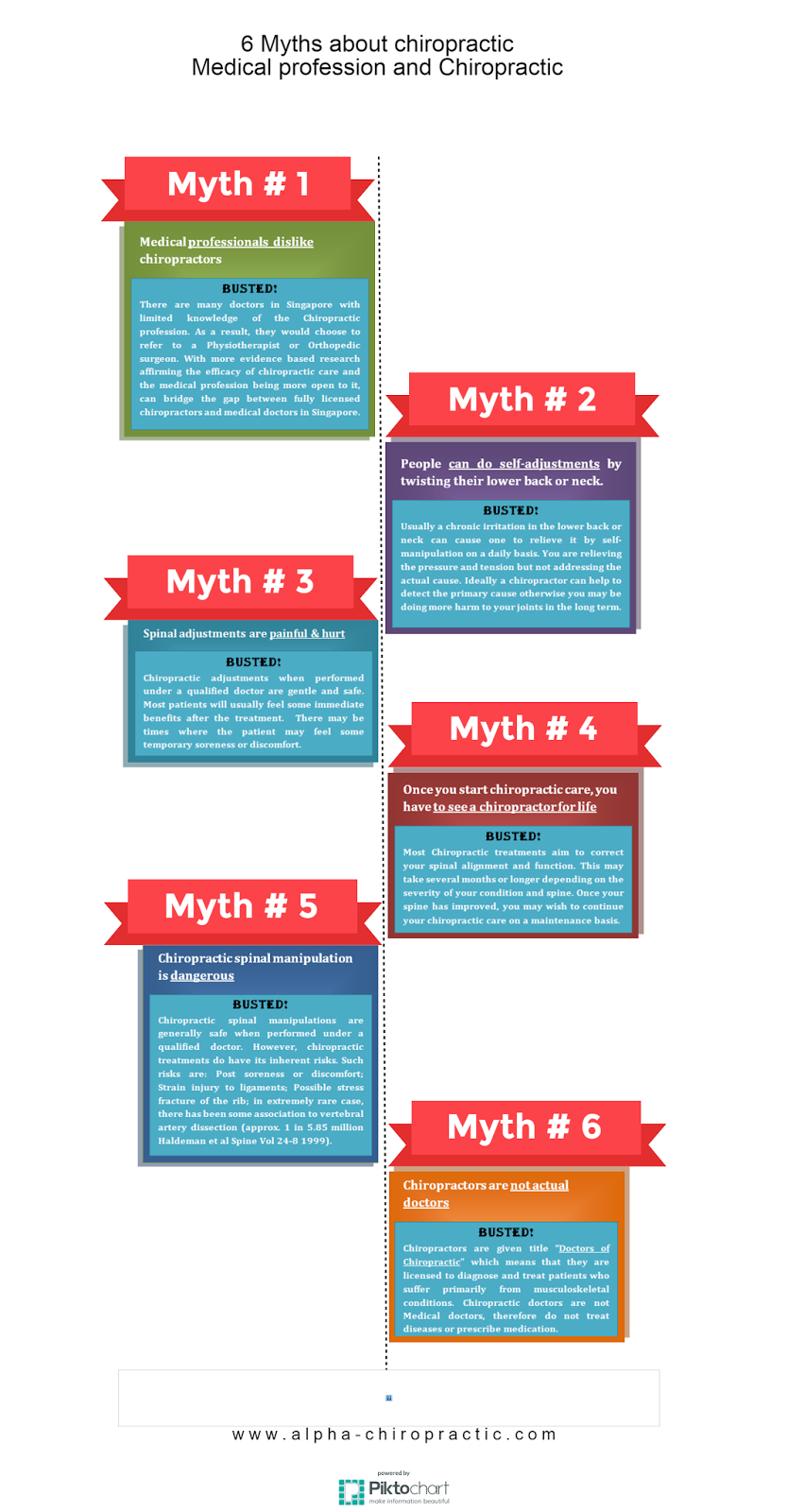Just When You Assume Alleviation Is Near, Soft Tissue Treatment Exposes Its Awkward Truths-- Discover Why The Process Can Be Agonizing Yet Advantageous
Just When You Assume Alleviation Is Near, Soft Tissue Treatment Exposes Its Awkward Truths-- Discover Why The Process Can Be Agonizing Yet Advantageous
Blog Article
Content By-Huffman Lundgaard
When you undergo soft Tissue therapy, you might discover it surprisingly uneasy. This discomfort emerges as stress is related to strained muscular tissues and damaged cells, triggering your pain receptors. While it can really feel stressful in the minute, there's a factor behind this experience. Understanding what takes place in your body during these treatments can assist you value the procedure. So, what exactly is going on underneath the surface?
The Physiology of Discomfort During Soft Tissue Treatment
When you go through soft Tissue therapy, your body's feedback to discomfort is a complex interplay of physiological processes. As the specialist uses stress, your body triggers discomfort receptors, sending out signals to your brain. This sets off the launch of natural chemicals, such as material P and glutamate, which amplify the experience of discomfort.
Your muscles might also tighten in feedback, additional complicating the experience. On top of that, your body might release endorphins, all-natural pain relievers that can aid reduce some pain.
The communication in between these procedures can develop an unique experience for each and every person. Comprehending this physiological response assists you browse the experiences during therapy, permitting you to appreciate the equilibrium between pain and the capacity for recovery advantages.
The Duty of Pain in the Recovery Process
Although pain during soft Tissue treatment can really feel frustrating, it plays a crucial duty in the recovery procedure. When you experience discomfort, your body is signaling that it's working to fix broken cells. This feedback assists boost blood circulation to the damaged location, providing important nutrients and oxygen required for healing.
Furthermore, discomfort can advertise the release of endorphins, your body's natural medicines, creating a sense of alleviation post-treatment. Embracing this discomfort can help you recognize your body's limits and urge you to deal with underlying concerns.
While it's unpleasant currently, this procedure is necessary for long-lasting recuperation and boosted function. Acknowledging discomfort as an important part of healing can encourage you to stay dedicated to your therapy.
Tips for Handling Pain Throughout and After Therapy
Handling discomfort during and after soft Tissue treatment can considerably enhance your general experience and recovery.
To start, communicate openly with your therapist concerning your discomfort degrees; they can change techniques appropriately. Utilizing how long to wait for massage after surgery can likewise help you loosen up and ease discomfort.
Take into consideration using ice to the cured area post-session to minimize inflammation and numb soreness. Staying moisturized help in the healing process, so drink lots of water.
sea moss and bladderwrack capsules extending and light activity after treatment can advertise blood flow and convenience tightness. Last but not least, ensure you get sufficient remainder to allow your body to heal.
Applying these ideas can make your soft Tissue treatment much more workable and satisfying.
Final thought
To conclude, while soft Tissue therapy can be uncomfortable, it's vital to recognize that this pain plays a crucial role in your healing trip. By recognizing the physiological actions at play, you can approach the treatment with a much more positive way of thinking. Bear in mind, the initial discomfort frequently paves the way to relief as your body releases endorphins. Embrace the process, and do not wait to make use of the suggestions for managing pain to boost your experience and healing.
